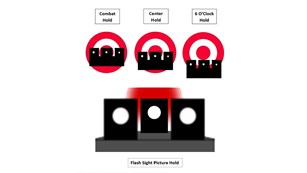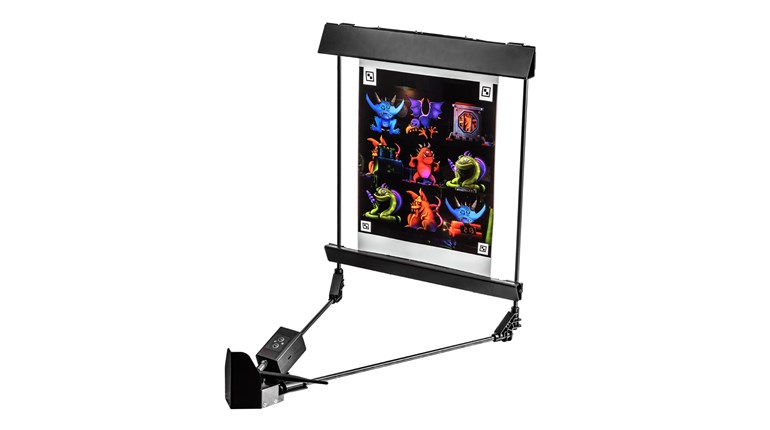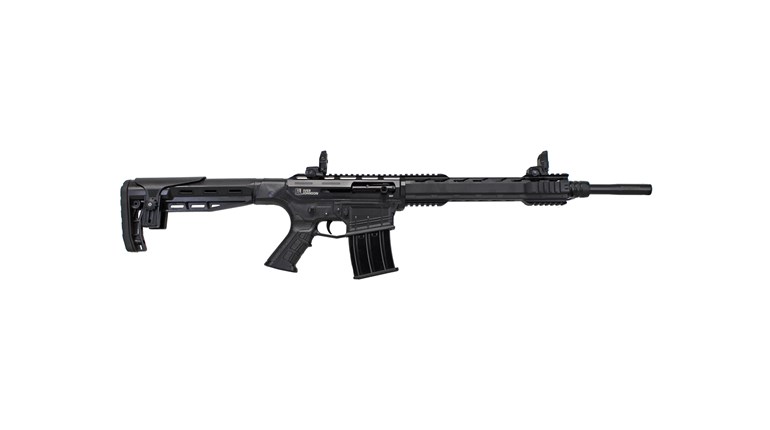
One of the basic rules of firearm safety is to treat every firearm as if it were loaded. However, you must always physically check to see if the gun is loaded. To see if a gun is loaded, you need to look inside the chamber of the firearm. Looking inside the chamber requires that you know how to open the action of the firearm.
Safety First
Familiarizing yourself with a new firearm platform and practicing simple manipulations or dry firing are great ways to learn, but safety is paramount. Whenever you learn about a new firearm, make sure that you always practice the rules of firearm safety. Make sure there is no ammunition near where you are working, and ensure your firearm is empty before you begin. You must know its state of readiness before each session that you work with it, which is why it’s imperative to know how to open the action.
What Is an AR?
Find more information about ARs here, but here is a recap of what every American should know about these rifles:
- AR stands for ArmaLite Rifle. ArmaLite was the first manufacturer to make this rifle. The term MSR or Modern Sporting Rifle is often used today when referring to an AR. AR-platform firearms now come in many common calibers and configurations that make them simple to operate and use.
- Whichever acronym you use, know that ARs or MSRs are semi-automatic only. Some people mistakenly attach words such as “automatic” or “assault.” These terms are incorrect and used either out of ignorance or to scare the uneducated. The only way to own a fully automatic firearm is with special permission and paperwork filed with the Bureau of Alcohol, Tobacco, Firearms and Explosives (ATF).
Parts of an AR
The AR rifle has a few basic parts, universal to all makes and models. The simplest way to understand them is to look at the upper and lower, and then at all the small parts.

Upper
The upper part is where the bolt you want to lock back is located. The bolt fits inside of the bolt carrier. These two parts, with the necessary pins and springs, are often referred to as the BCG or Bolt Carrier Group. The BCG fits into the upper receiver, after you slide your charging handle in.
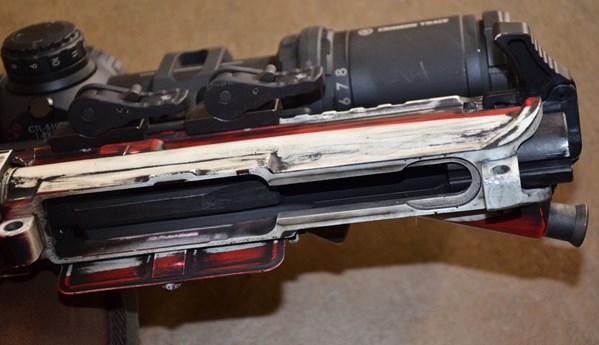
Once you have the upper together, then you put the upper into the lower by pushing in two pins, and you’re ready to go. Note that the BCG moves inside your upper receiver.
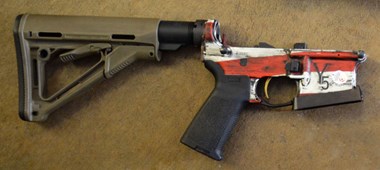
Lower
The lower receiver houses the trigger, magazine well, magazine release and bolt catch/release. Your bolt catch/release is what you use to lock your AR bolt to the rear. Some firearms that have ambidextrous controls have a bolt catch on both sides of the receiver. But for stock ARs, the bolt catch is on the left side of the firearm.
Open the Action
To lock back or lock open the bolt on an AR, you need to keep the gun pointed in a safe direction and pull the charging handle all the way to the rear. You will need to do this with one hand. At the same time, you will toggle the bolt catch with your other hand so that it prevents the BCG from moving forward. Keep it toggled while you release tension on the charging handle, allowing the bolt catch to actually “catch” the bolt face. Your AR bolt is now locked open and you can look inside the chamber or perform other tasks that require the action to be open.

Your charging handle will be hanging to the rear, but it is best to slide it forward in the channel it rides in, above the BCG. You will feel it click or lock into place. If you do not do this, it will hang there loose, and could potentially get bent.
Close the Action 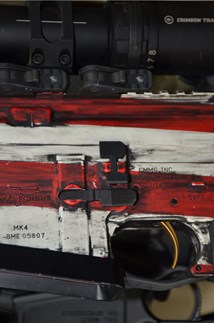
Your rifle is now in a state where the bolt is locked back and you can see in the chamber. But how do you close it? You can close your AR using either of two methods.
1. Hit the bolt catch/release, allowing the BCG to move forward into “battery.”
2. Grab the charging handle; pull it all the way to the rear and let it go like a slingshot so the BCG will move forward into place. Make sure that you do not “ride” the charging handle as it moves forward, as this can slow down the BCG and prevent it from closing all the way (going fully into battery).
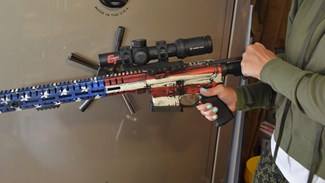
Knowing how your firearms work and how to safely handle them is part of responsible gun ownership. Learning about firearms that you are not familiar with, but could potentially encounter, is also a good idea. If you get invited to a range it’s much safer to have a general idea of how things work instead of being thrown into the thick of it.










